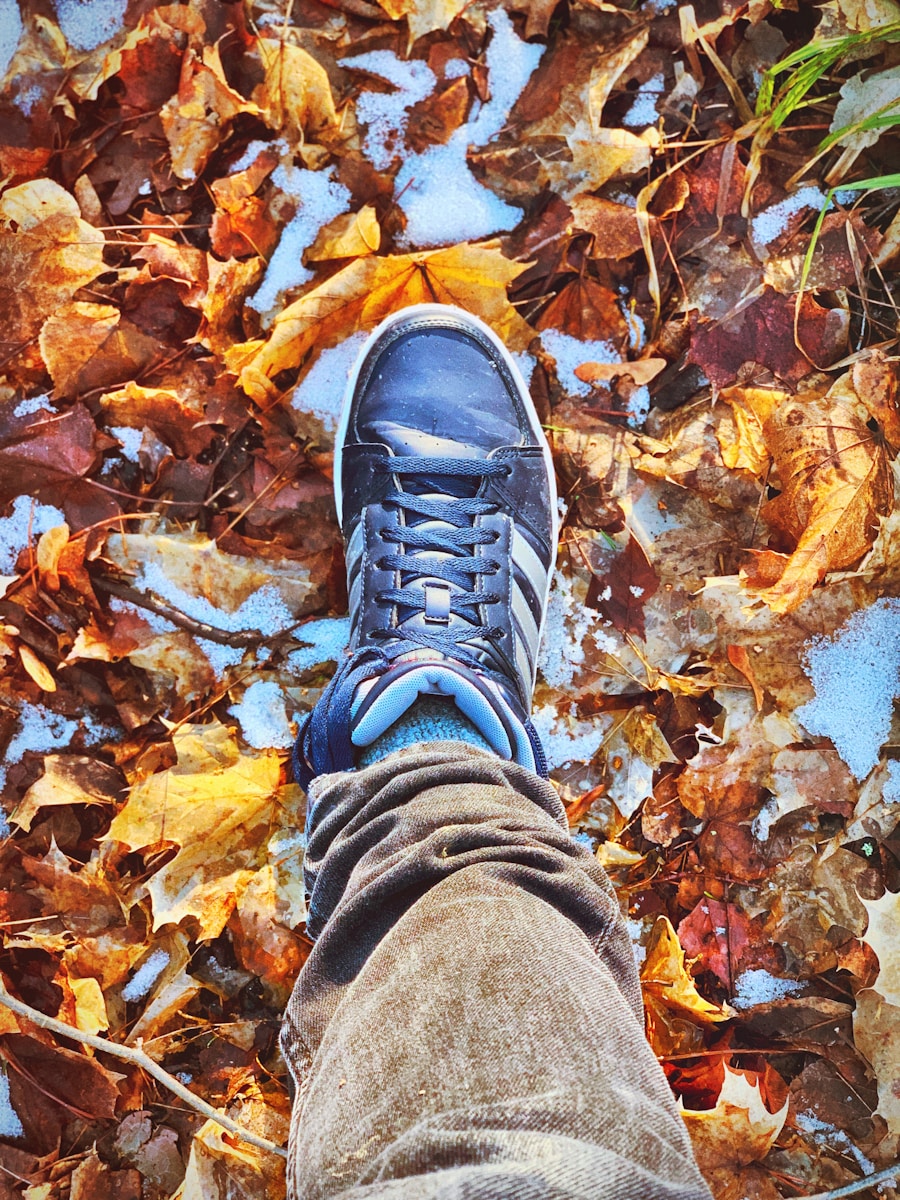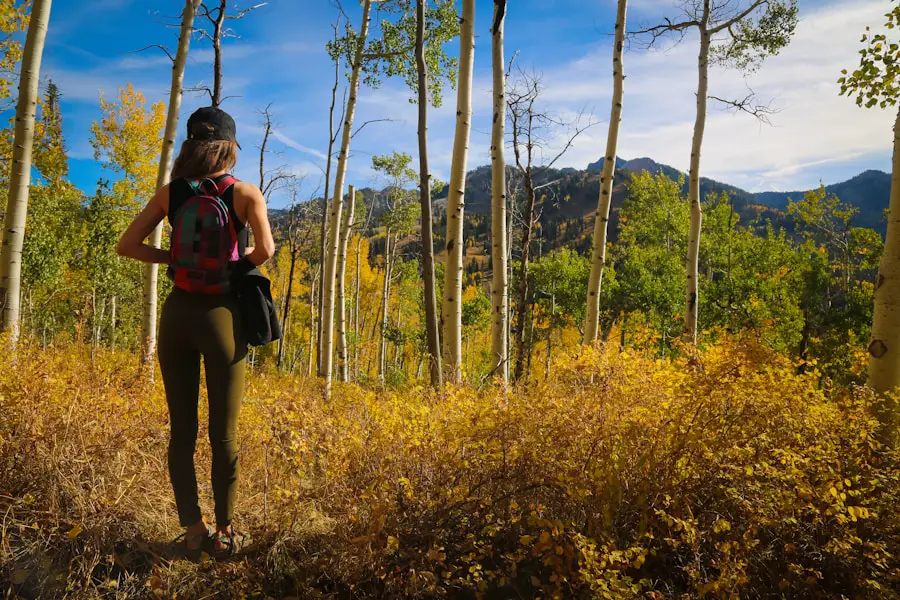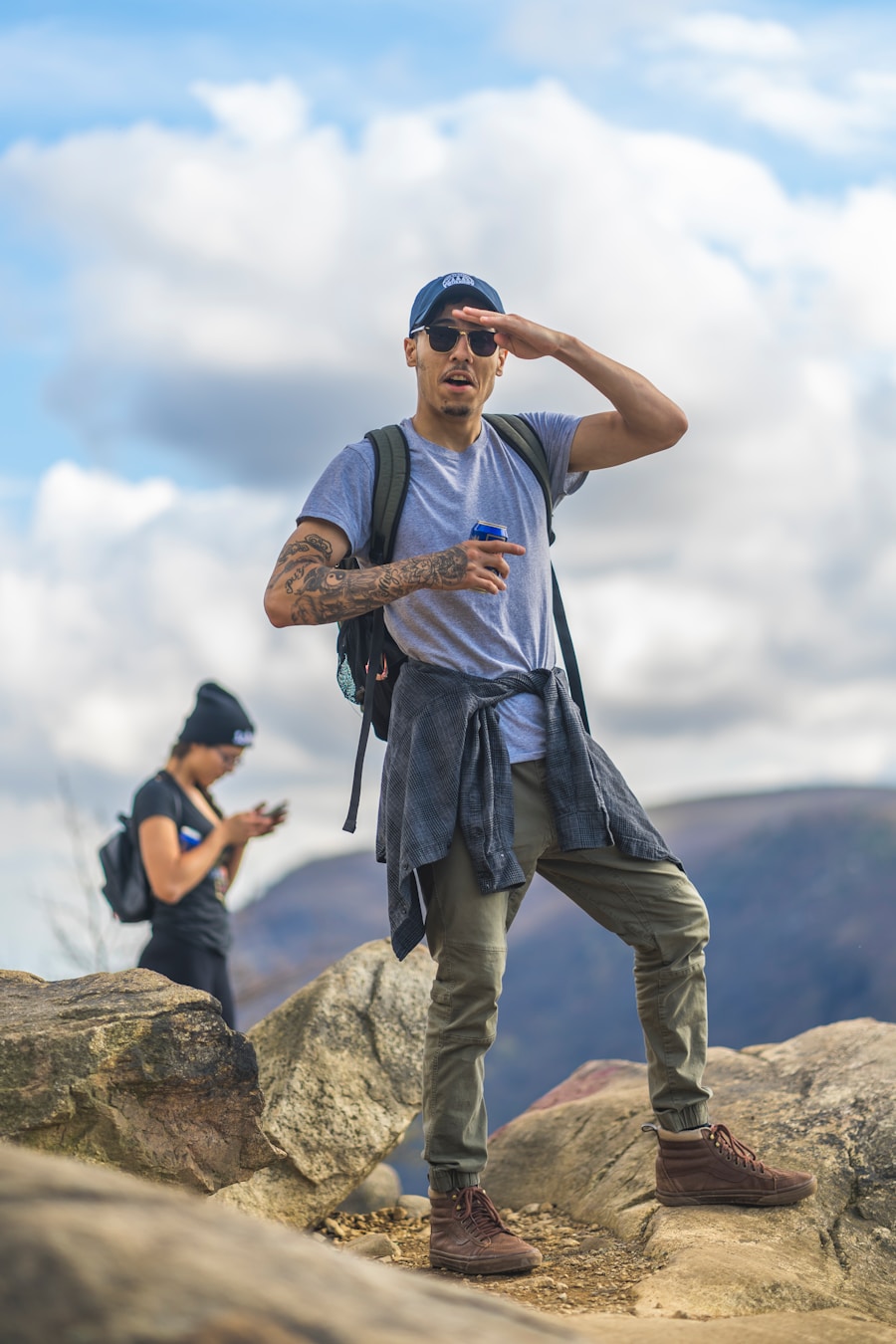When embarking on a hiking adventure, the significance of appropriate attire cannot be overstated. The right clothing not only enhances comfort but also plays a crucial role in ensuring safety and performance on the trails. Hiking often involves exposure to varying weather conditions, rugged terrains, and physical exertion, all of which can be mitigated by selecting the right gear.
Wearing suitable clothing can help regulate body temperature, wick away moisture, and protect against environmental elements such as wind, rain, and sun. Moreover, proper hiking attire can prevent injuries and discomfort. For instance, wearing the wrong fabrics can lead to chafing or overheating, while inadequate insulation can result in hypothermia in cooler conditions.
The choice of materials is equally important; synthetic fabrics often outperform cotton in moisture management and drying time. Thus, understanding the importance of proper hiking attire is essential for both novice and seasoned hikers alike, as it directly impacts the overall experience and enjoyment of the great outdoors.
Key Takeaways
- Proper hiking attire is important for comfort, safety, and performance on the trails.
- Layering is key for staying comfortable and functional during fall hikes.
- Choosing the right footwear is crucial for stability and support on uneven terrain.
- Weather-resistant outerwear options are essential for protection from the elements.
- Essential accessories like hats, gloves, and sunglasses are important for fall hiking.
Layering for Comfort and Functionality
Layering is a fundamental principle in outdoor clothing that allows hikers to adapt to changing weather conditions and physical exertion levels. The layering system typically consists of three main components: a base layer, an insulating layer, and an outer shell. The base layer is designed to wick moisture away from the skin, keeping the hiker dry and comfortable.
Fabrics such as merino wool or synthetic blends are popular choices for this layer due to their moisture-wicking properties and ability to regulate temperature. The insulating layer serves to trap body heat, providing warmth during cooler temperatures. Fleece jackets or down vests are common options that offer varying degrees of insulation depending on the conditions.
Finally, the outer shell protects against wind, rain, and other environmental factors. This layer should be breathable yet waterproof or water-resistant to ensure that moisture does not accumulate inside while still allowing sweat to escape. By mastering the art of layering, hikers can maintain optimal comfort and functionality throughout their journey, regardless of the challenges they may face.
Choosing the Right Footwear for Fall Hiking

Selecting the appropriate footwear is paramount for a successful fall hiking experience. The changing seasons bring about unique challenges, such as wet leaves, muddy trails, and cooler temperatures. Therefore, hikers must consider several factors when choosing their footwear.
First and foremost, the type of terrain will dictate the kind of shoes or boots required. For rocky or uneven trails, sturdy hiking boots with good ankle support are essential to prevent injuries and provide stability. In addition to support, traction is another critical aspect of fall hiking footwear. Many brands offer shoes with specialized outsoles designed to grip slippery surfaces effectively.
Vibram soles, for example, are renowned for their durability and traction on various terrains. Furthermore, waterproofing is a significant consideration during fall hikes when rain is more prevalent. Many hiking boots come with Gore-Tex or similar waterproof membranes that keep feet dry while allowing breathability.
Ultimately, investing in high-quality footwear tailored to specific hiking conditions can make a substantial difference in comfort and safety on the trails.
Weather-Resistant Outerwear Options
| Brand | Material | Waterproof Rating (mm) | Breathability Rating (g/m2/24h) |
|---|---|---|---|
| North Face | Gore-Tex | 28,000 | 15,000 |
| Patagonia | H2No | 20,000 | 15,000 |
| Columbia | Omni-Tech | 10,000 | 10,000 |
| Arc’teryx | Gore-Tex Pro | 30,000 | 25,000 |
As fall approaches, weather patterns can become unpredictable, making weather-resistant outerwear an essential component of any hiker’s wardrobe. A good outer layer should provide protection against wind and rain while remaining breathable enough to prevent overheating during physical activity. There are various options available that cater to different needs and preferences.
For instance, lightweight rain jackets made from materials like nylon or polyester with water-repellent coatings are ideal for sudden downpours. These jackets often feature ventilation zippers or mesh linings that enhance breathability without sacrificing protection. On the other hand, for colder days when temperatures drop significantly, insulated jackets that combine down or synthetic insulation with a weather-resistant shell can provide warmth without bulkiness.
Additionally, many modern jackets come equipped with features such as adjustable hoods, cuffs, and hems that allow for a customizable fit, ensuring that hikers remain comfortable regardless of the weather conditions they encounter.
Essential Accessories for Fall Hiking
Accessories play a vital role in enhancing the hiking experience by providing additional comfort and protection. One of the most important accessories is a good-quality hat. A wide-brimmed hat can shield the face from sun exposure while also providing warmth during chilly mornings or evenings.
Similarly, gloves are essential for maintaining dexterity and warmth in cooler temperatures; materials like fleece or wool are excellent choices for insulation without sacrificing grip. Another critical accessory is a reliable backpack that fits well and distributes weight evenly across the body. A well-designed backpack should have multiple compartments for organization and hydration systems for easy access to water during hikes.
Hydration packs are particularly popular among hikers who prefer hands-free drinking options while on the move. Additionally, trekking poles can provide stability on uneven terrain and reduce strain on joints during steep ascents or descents. By equipping themselves with these essential accessories, hikers can enhance their overall experience while navigating the trails.
Incorporating Fashion into Functional Hiking Attire

While functionality is paramount in hiking attire, there is no reason why style should be sacrificed in the process. The outdoor apparel industry has evolved significantly over recent years, with many brands now offering clothing that seamlessly blends performance with aesthetics. Hikers can find a wide range of options that not only serve practical purposes but also reflect personal style.
For example, many companies produce stylish yet functional hiking pants that come in various colors and cuts, allowing individuals to express their fashion sense while enjoying outdoor activities. Similarly, moisture-wicking shirts are available in trendy designs and patterns that appeal to fashion-conscious hikers. Accessories such as stylish beanies or patterned neck gaiters can also add flair to an outfit while providing warmth and protection from the elements.
By thoughtfully selecting pieces that combine both function and fashion, hikers can feel confident and comfortable on the trails without compromising their personal style.
Tips for Staying Stylish and Safe on the Trails
Striking a balance between style and safety on hiking trails requires careful consideration of both aesthetics and practicality. One effective approach is to choose versatile pieces that can be easily layered or mixed and matched to create different looks while maintaining functionality. For instance, a lightweight long-sleeve shirt can be paired with a stylish vest for added warmth without bulkiness.
Additionally, opting for bright colors or reflective materials can enhance visibility on trails, especially during low-light conditions typical of fall evenings. This not only adds a fashionable touch but also increases safety by making hikers more noticeable to others on the trail. Furthermore, accessorizing with functional items like sunglasses or a fashionable yet practical backpack can elevate an outfit while serving essential purposes such as sun protection or storage.
It’s also important to consider fit when selecting hiking attire; clothing that is too loose may snag on branches or impede movement, while overly tight garments can restrict mobility and cause discomfort during long hikes. By prioritizing both style and safety through thoughtful choices in clothing and accessories, hikers can enjoy their outdoor adventures with confidence.
Sustainable and Eco-Friendly Hiking Fashion Options
As awareness of environmental issues continues to grow, many outdoor enthusiasts are seeking sustainable and eco-friendly options in their hiking attire. The fashion industry has responded by introducing materials made from recycled plastics or organic fibers that minimize environmental impact without compromising quality or performance. Brands like Patagonia have pioneered this movement by using recycled materials in their products while promoting responsible manufacturing practices.
In addition to material choices, sustainable hiking fashion often emphasizes durability over disposability. Investing in high-quality gear that lasts longer reduces waste and encourages responsible consumption habits among outdoor enthusiasts. Furthermore, many companies are now adopting transparent supply chains that allow consumers to understand the environmental impact of their purchases better.
Choosing eco-friendly hiking attire not only benefits the planet but also aligns with the values of many outdoor enthusiasts who seek to protect the natural landscapes they love to explore. By prioritizing sustainability in their clothing choices, hikers can contribute positively to environmental conservation efforts while enjoying their adventures in nature.
When preparing for fall hiking, it’s important to consider not only your clothing but also your gear. One essential item to bring along on any outdoor adventure is a portable water bottle. Check out this article on 5 Must-Have Portable Water Bottles for Your Spring 2025 Adventures to find the perfect hydration solution for your next hike.
FAQs
What should I wear for fall hiking?
For fall hiking, it’s important to wear layers to stay warm and dry. Start with a moisture-wicking base layer, add a insulating layer, and finish with a waterproof and windproof outer layer. Don’t forget to wear comfortable and supportive hiking boots.
What type of fabric is best for fall hiking clothing?
For fall hiking, it’s best to choose clothing made from moisture-wicking and quick-drying fabrics such as merino wool, polyester, or nylon. These fabrics will help keep you dry and comfortable during your hike.
Should I wear a hat and gloves for fall hiking?
Yes, it’s a good idea to wear a hat and gloves for fall hiking to help keep your head and hands warm. Look for lightweight, moisture-wicking options that can easily be stowed in your pack when not in use.
What type of footwear is best for fall hiking?
For fall hiking, it’s best to wear sturdy and supportive hiking boots with good traction. Look for waterproof and breathable options to keep your feet dry and comfortable during your hike.
Should I bring a backpack for fall hiking?
Yes, it’s a good idea to bring a backpack for fall hiking to carry essentials such as water, snacks, a map, a compass, a first aid kit, and extra layers of clothing. Look for a backpack with adjustable straps and plenty of pockets for organization.
